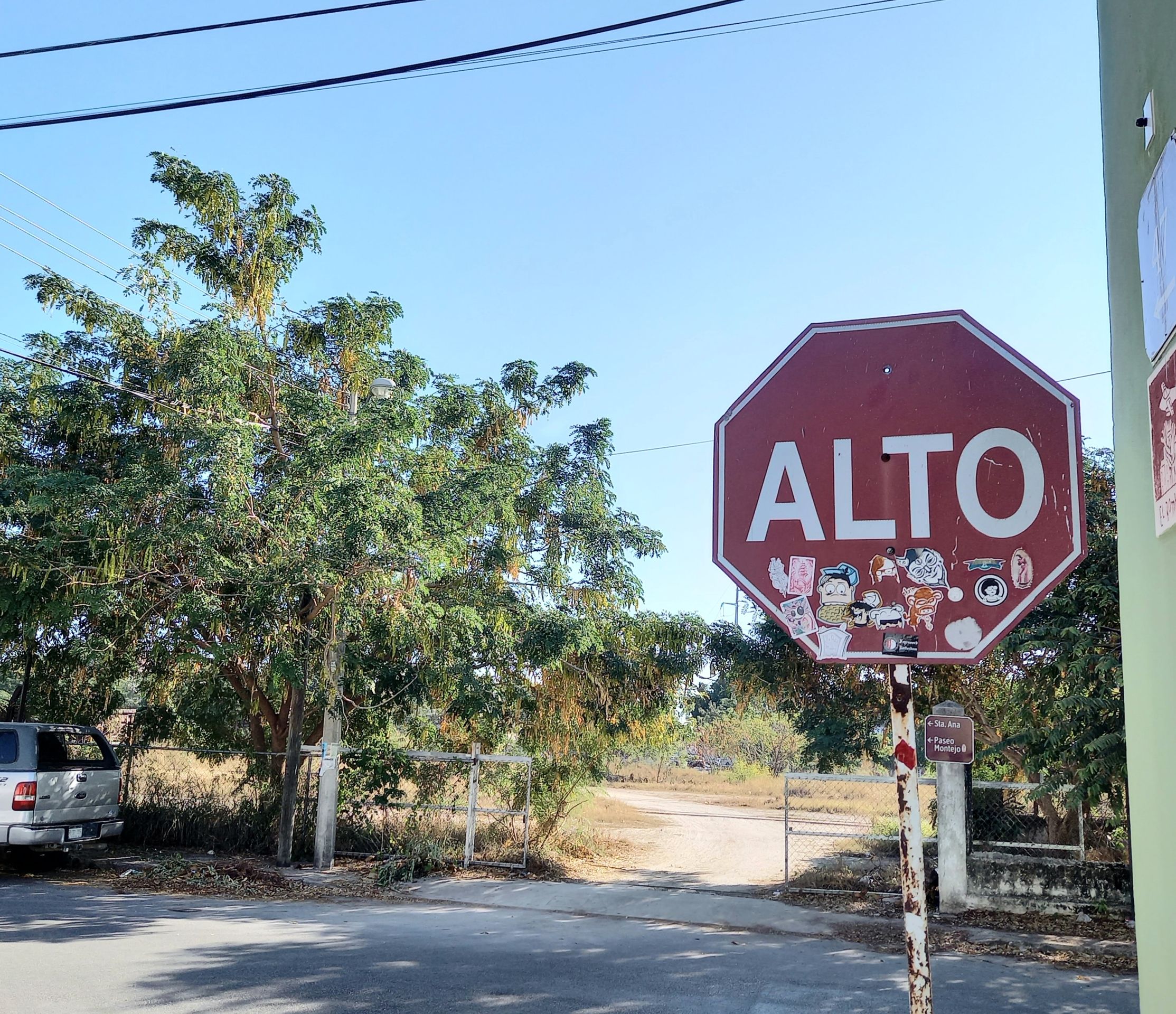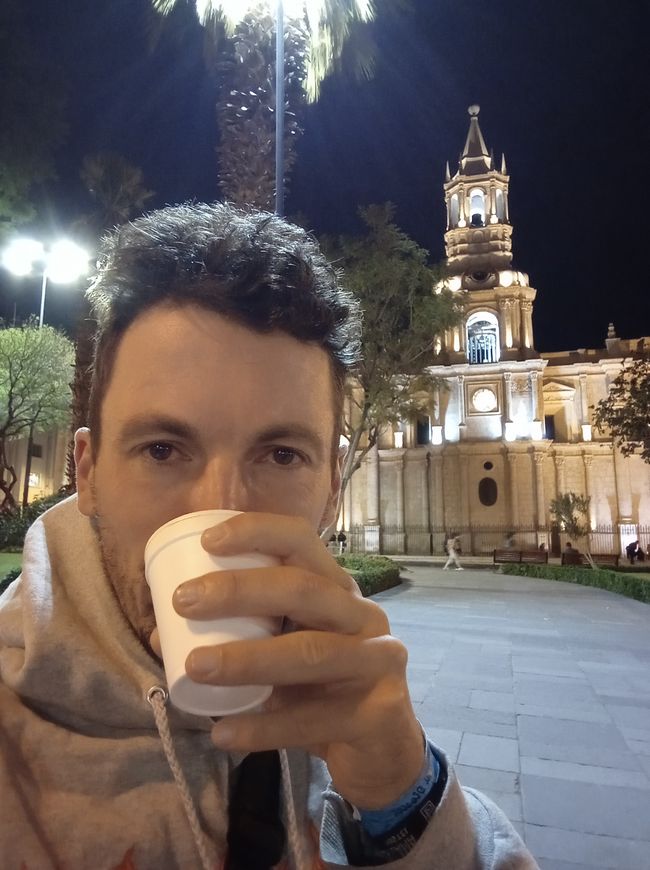Sacred Valley, the Holy Valley of the Incas
Diterbitake: 27.03.2022
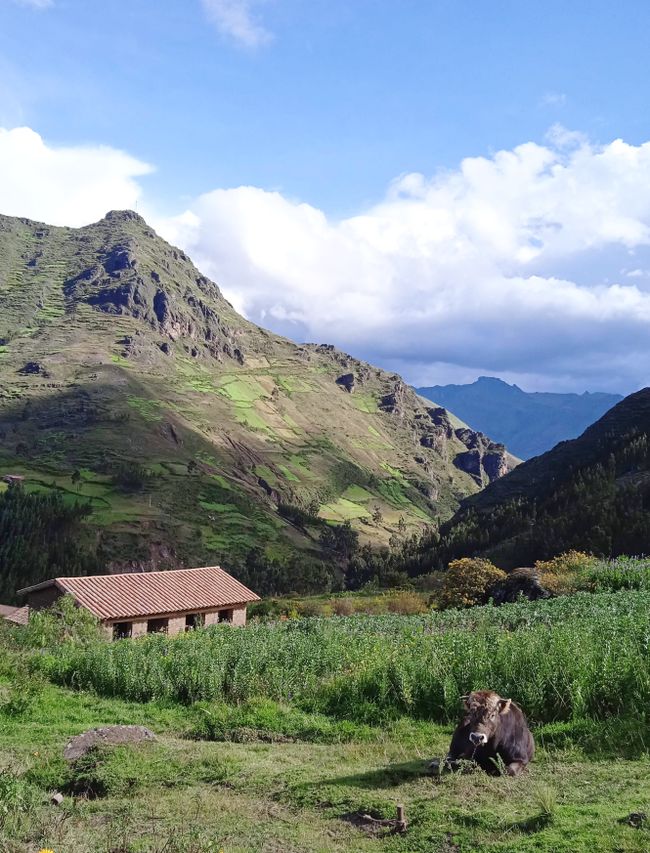
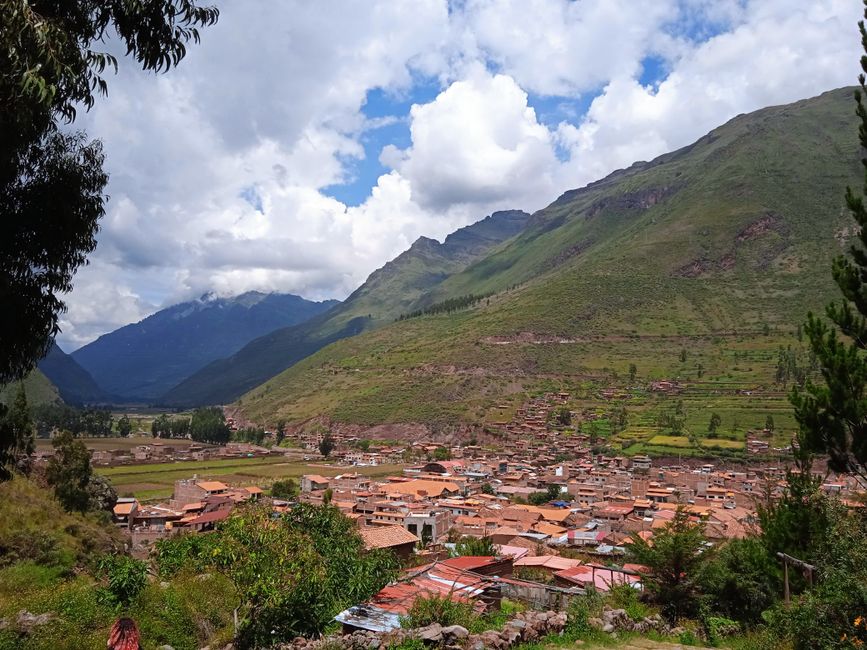
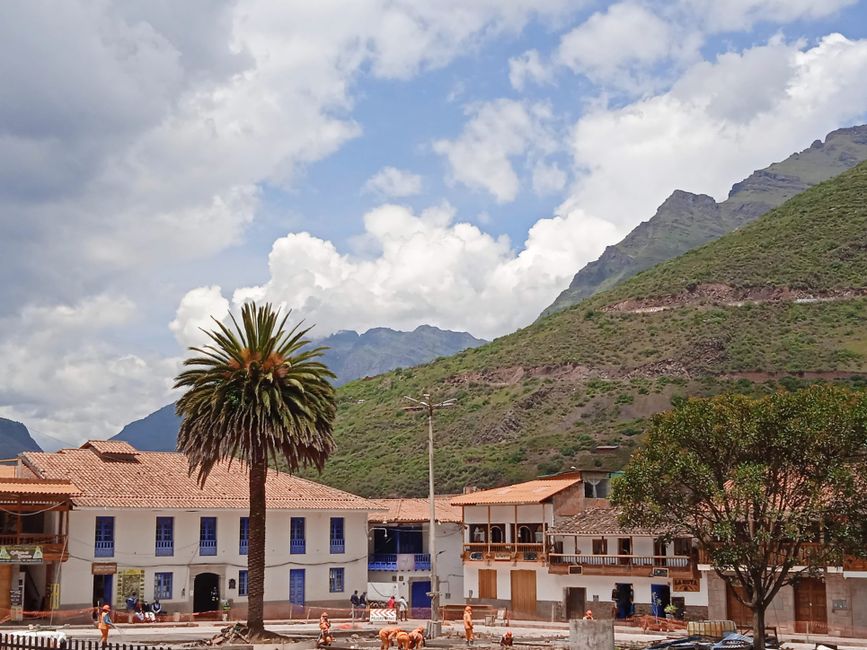
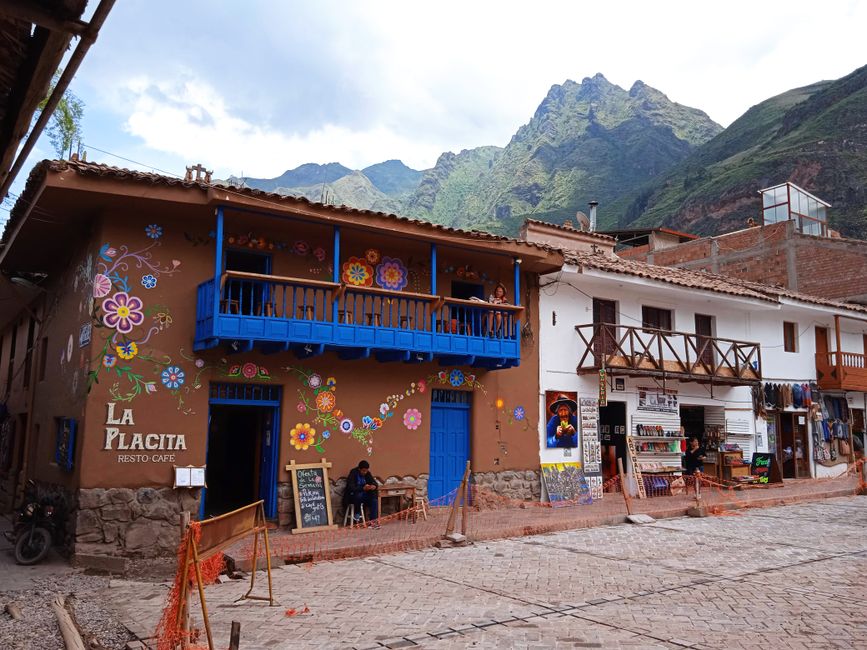
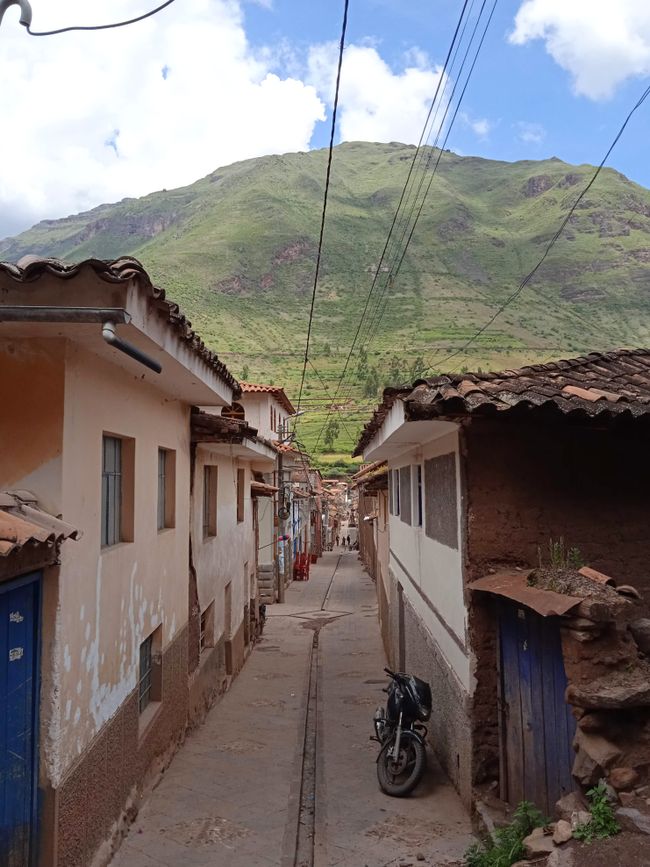
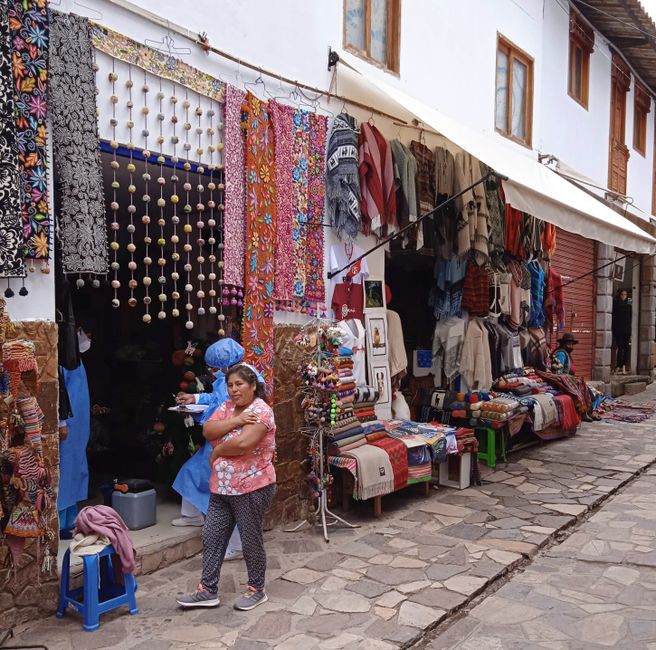
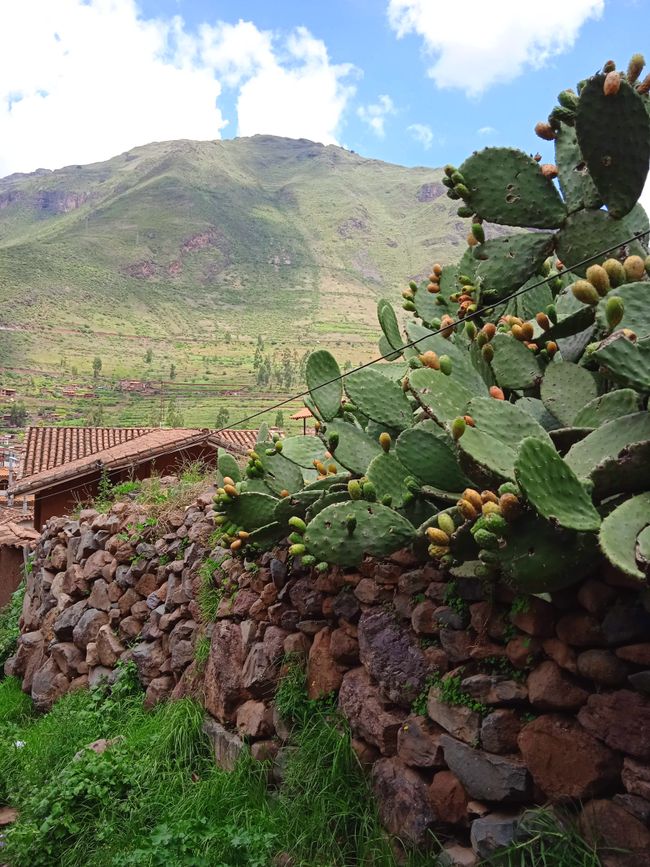
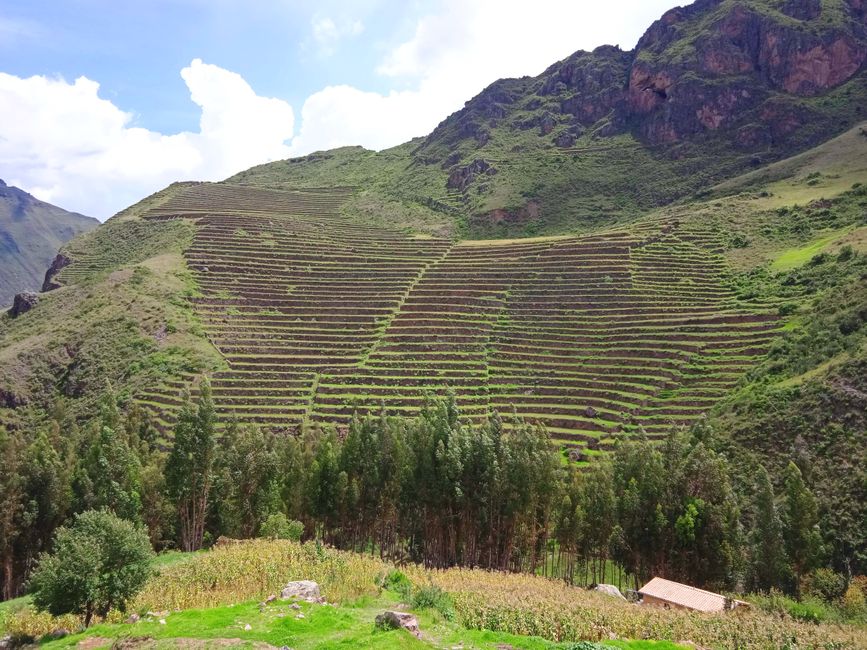
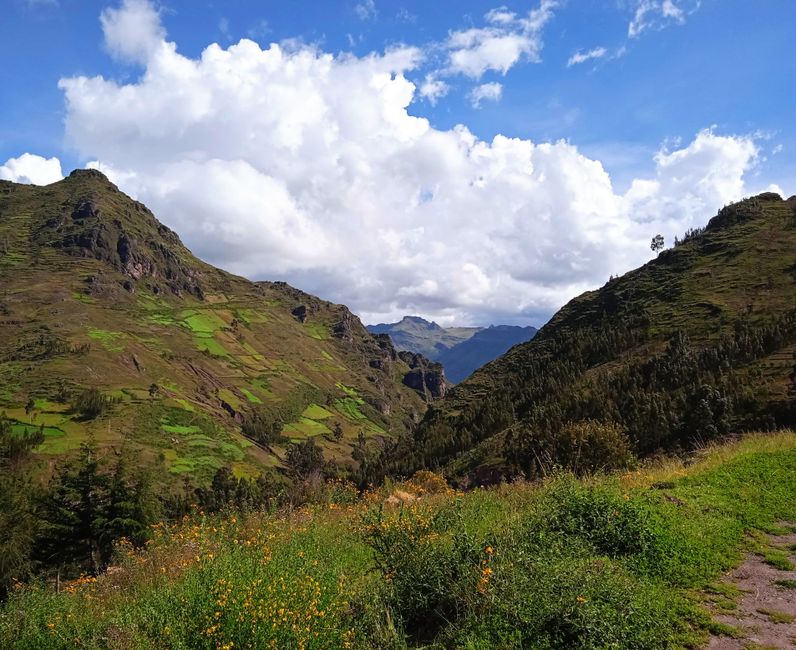
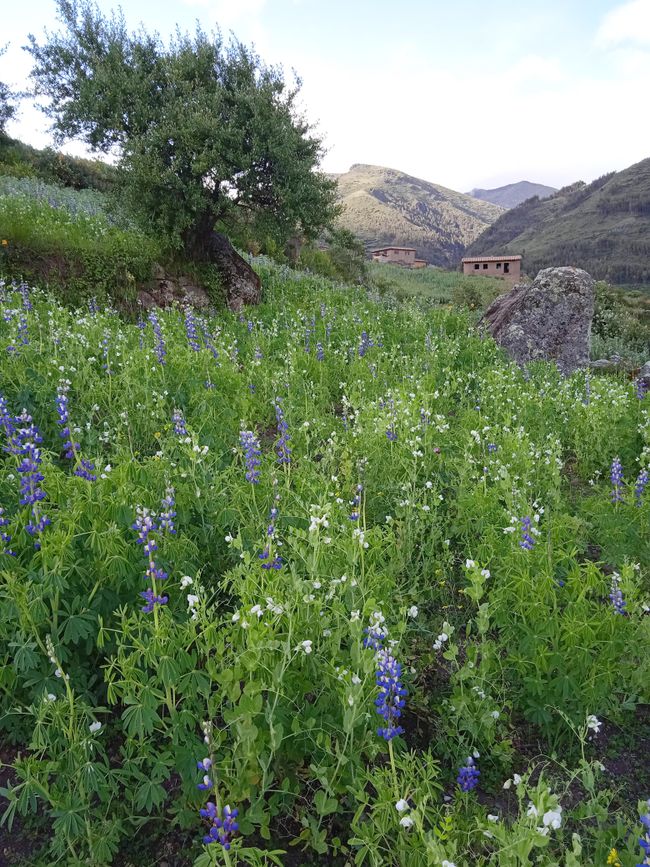
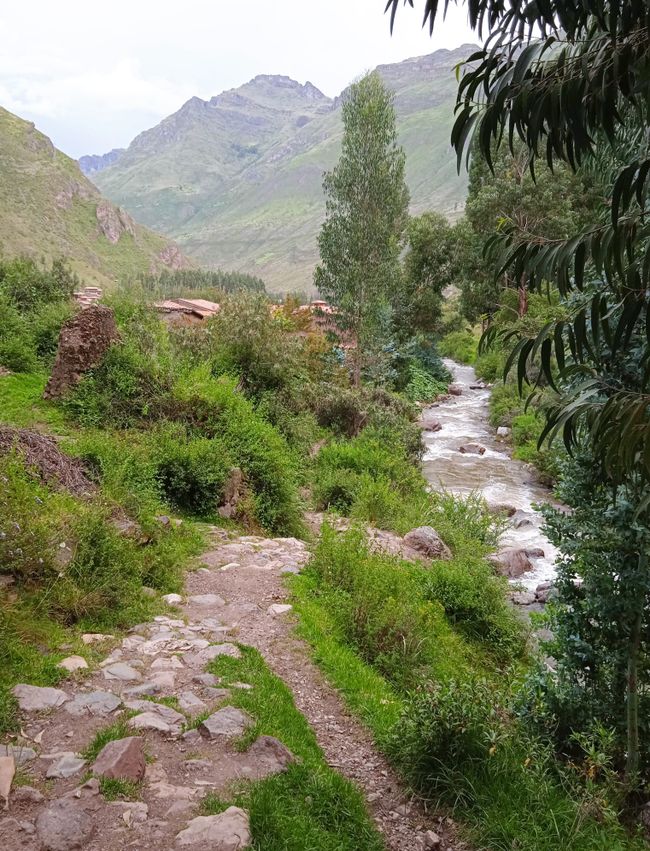
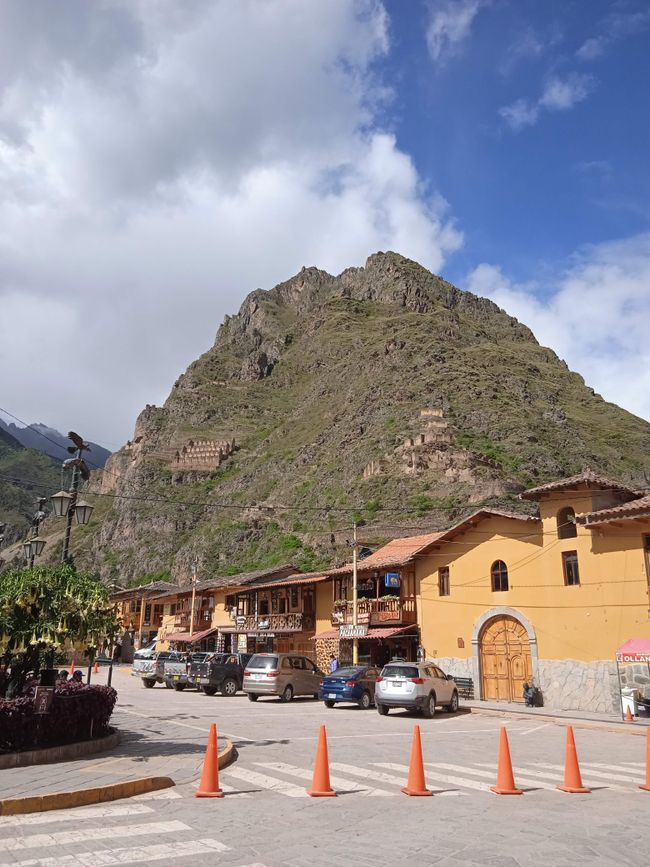
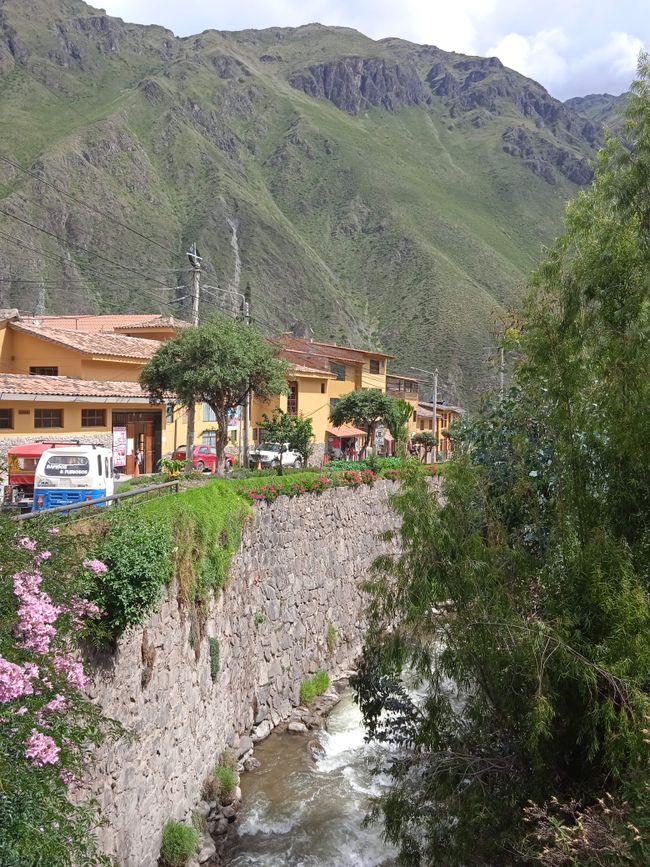
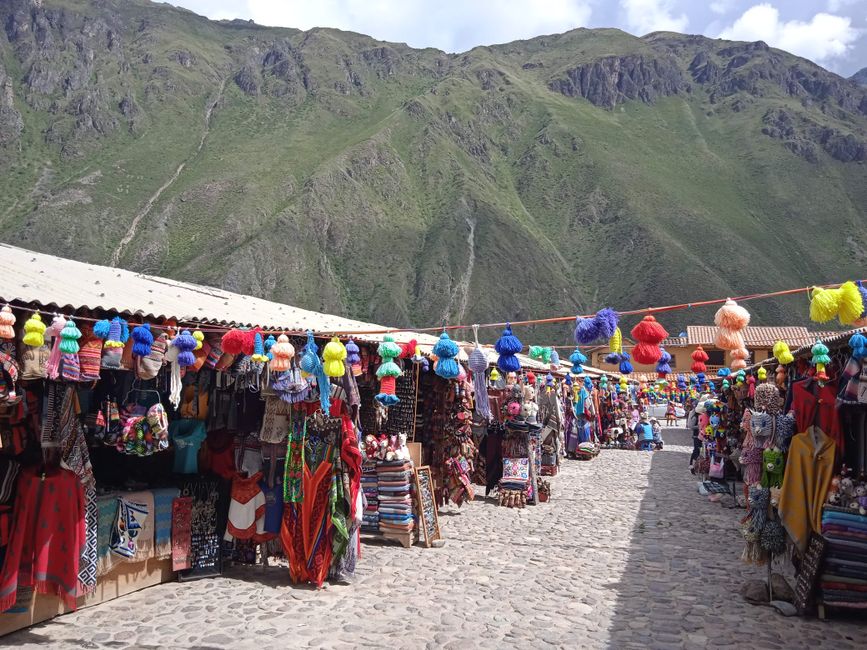
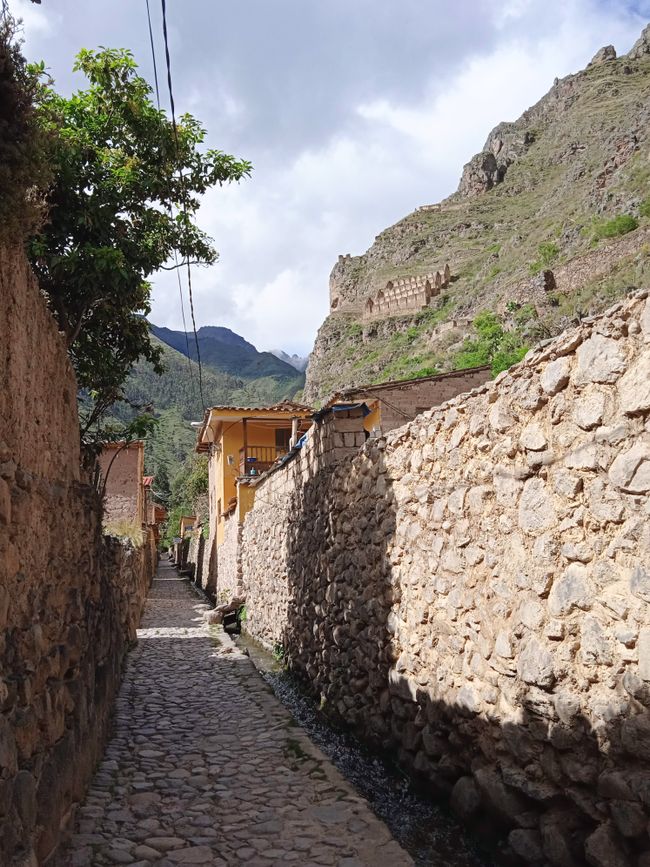
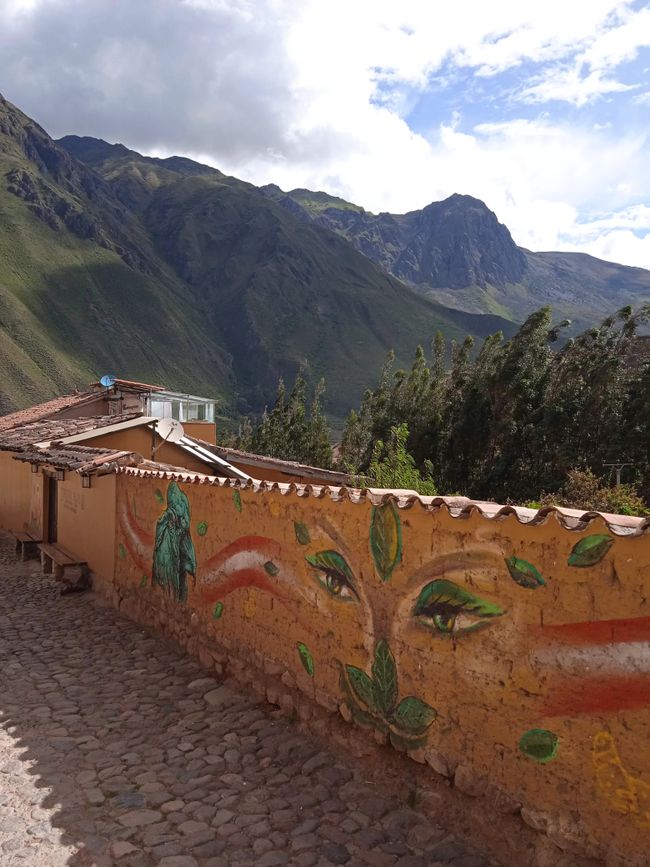
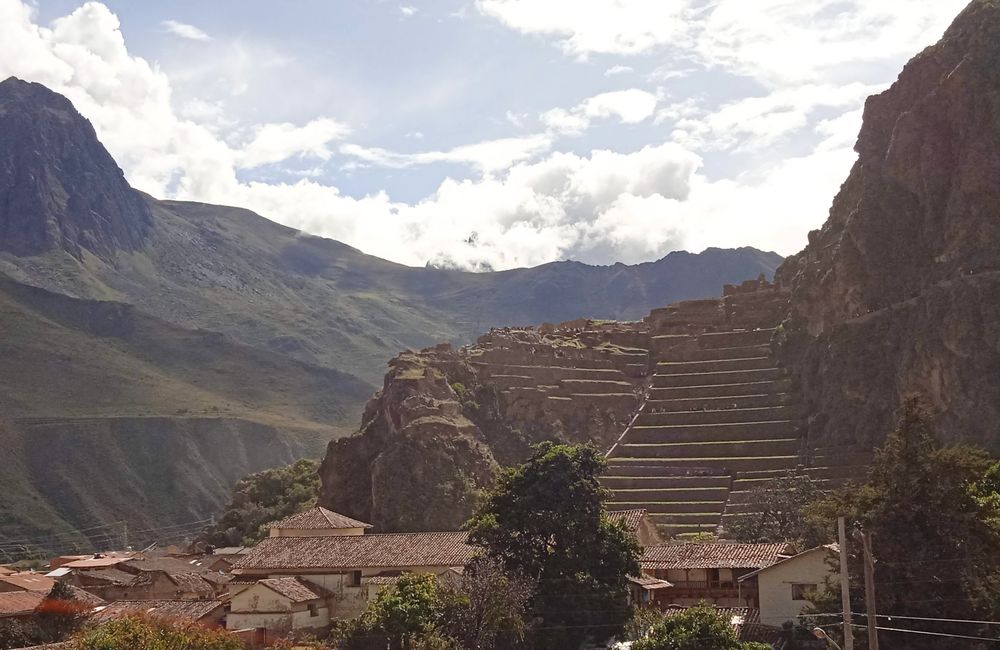
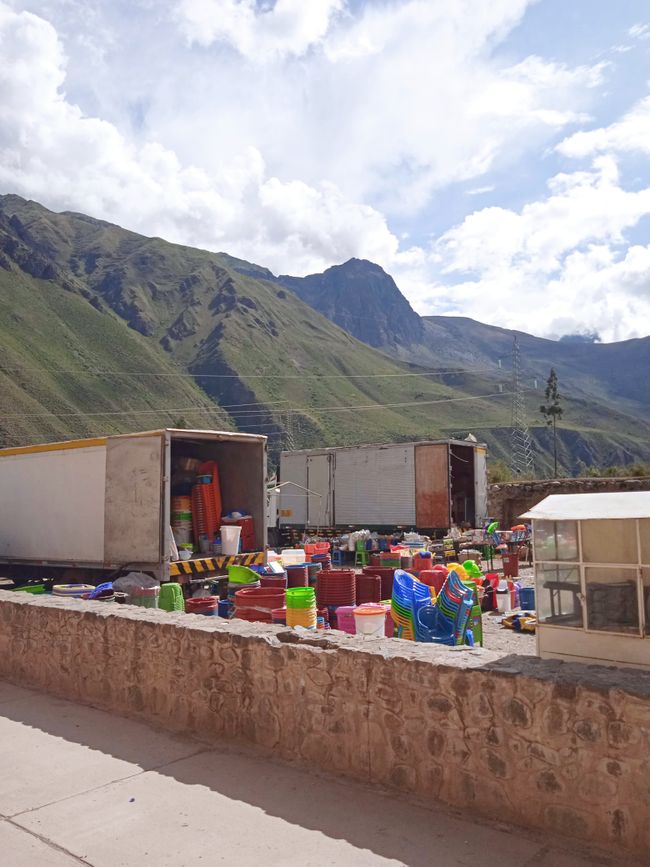
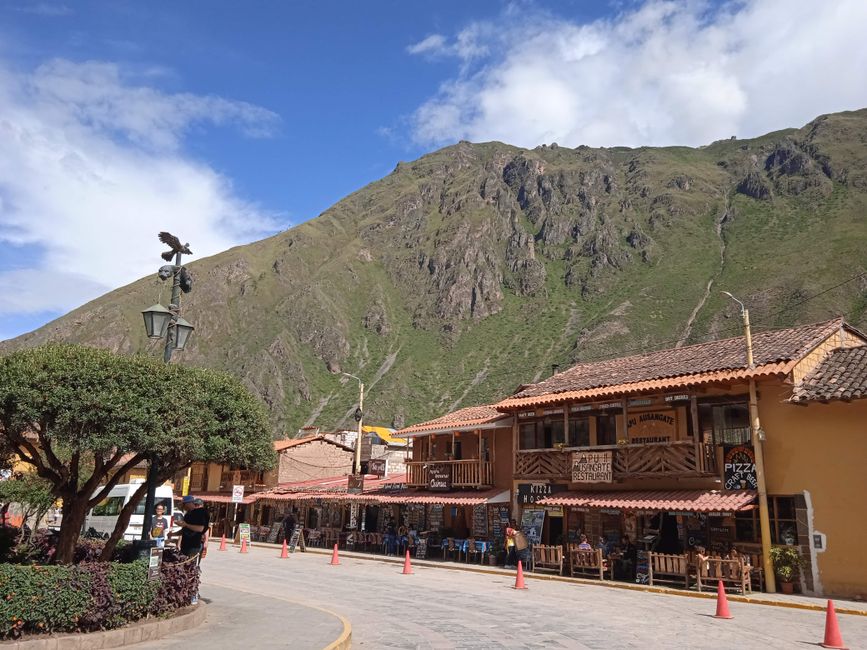
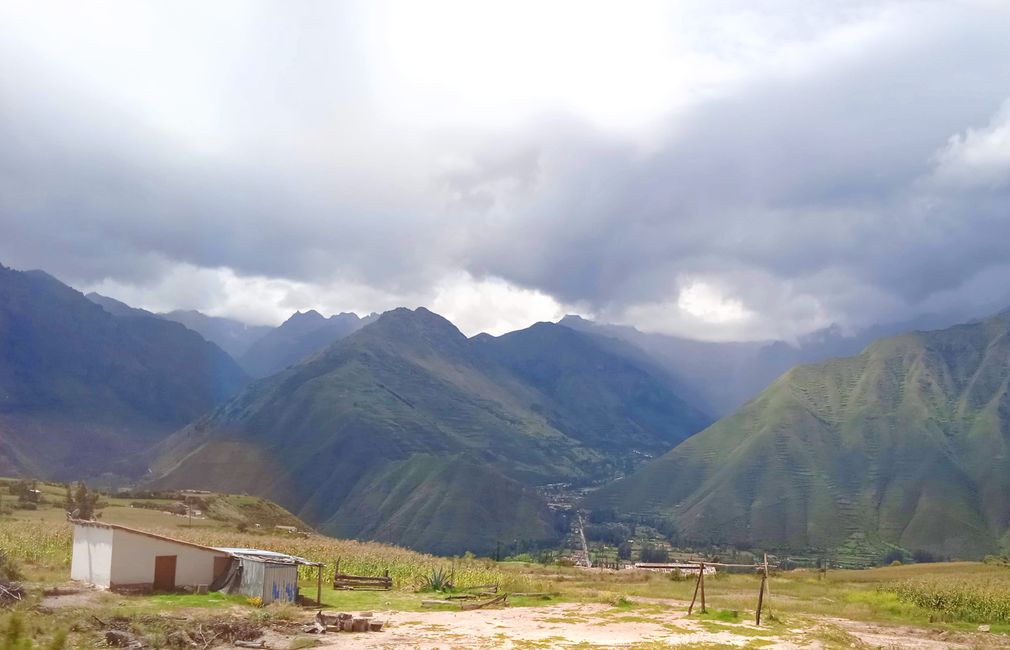
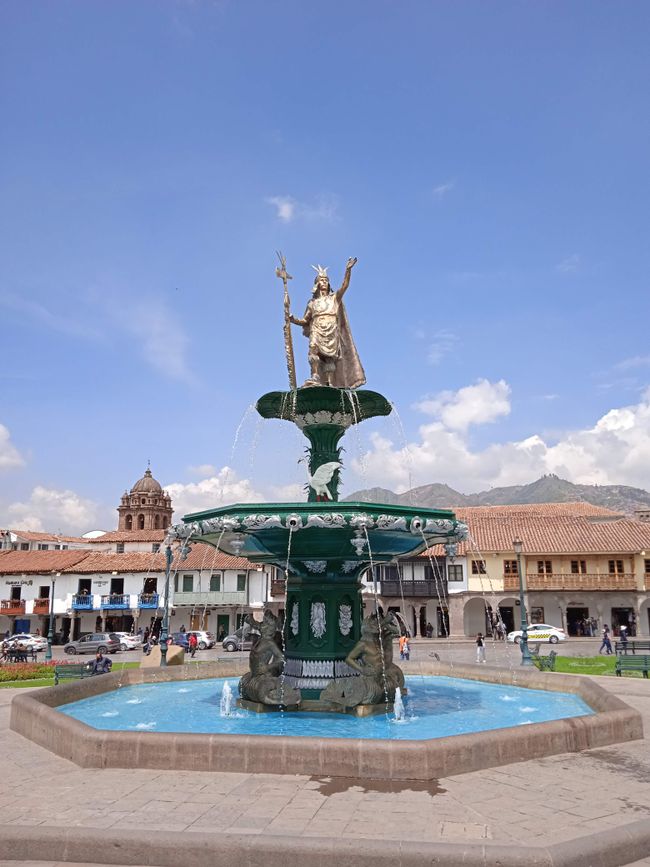
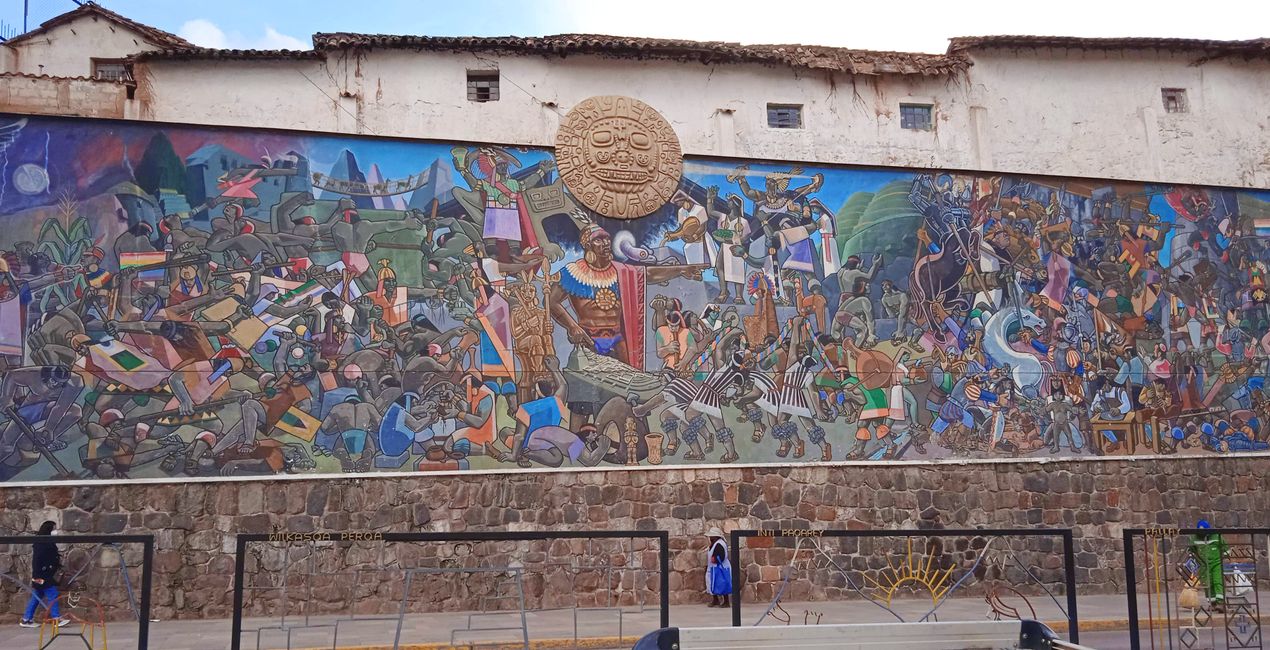
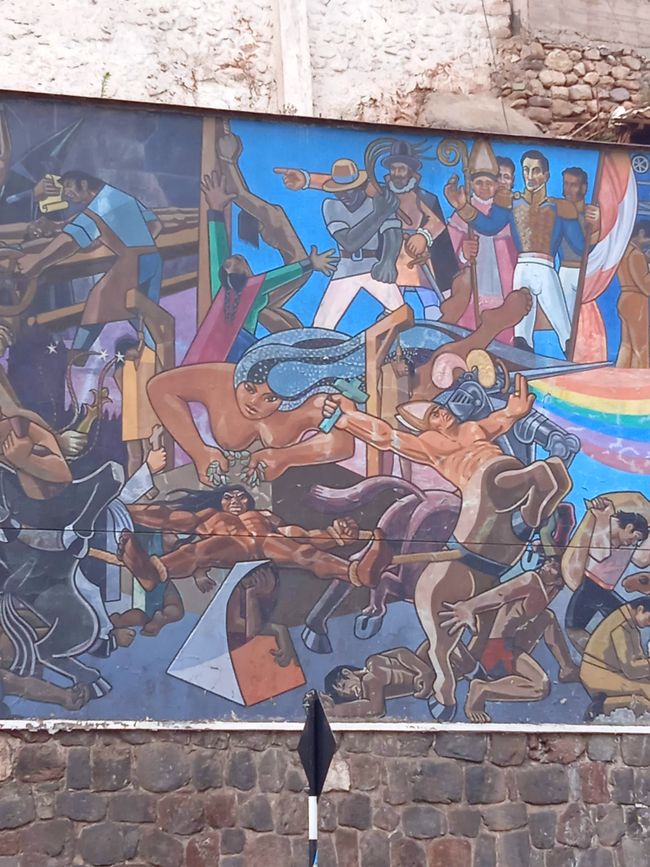
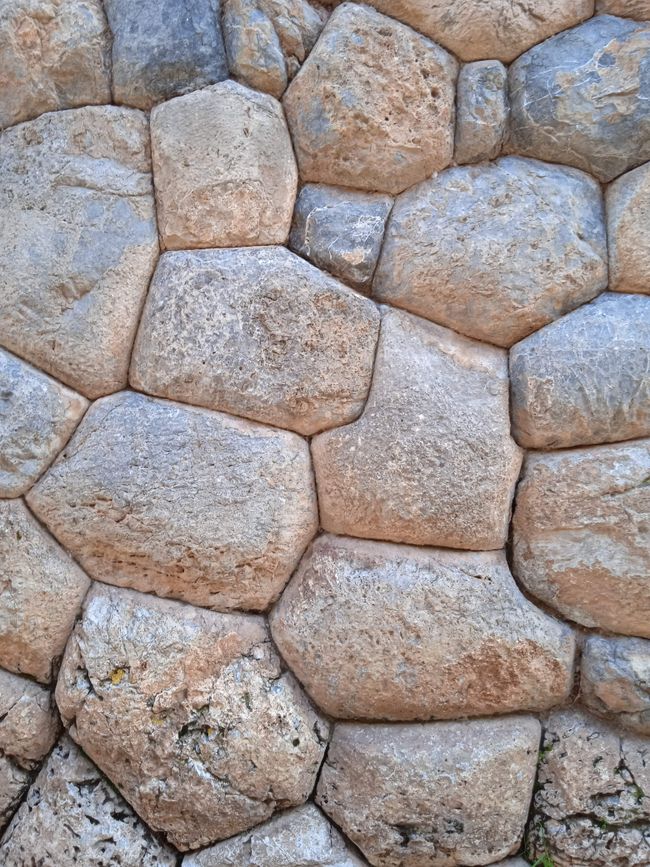
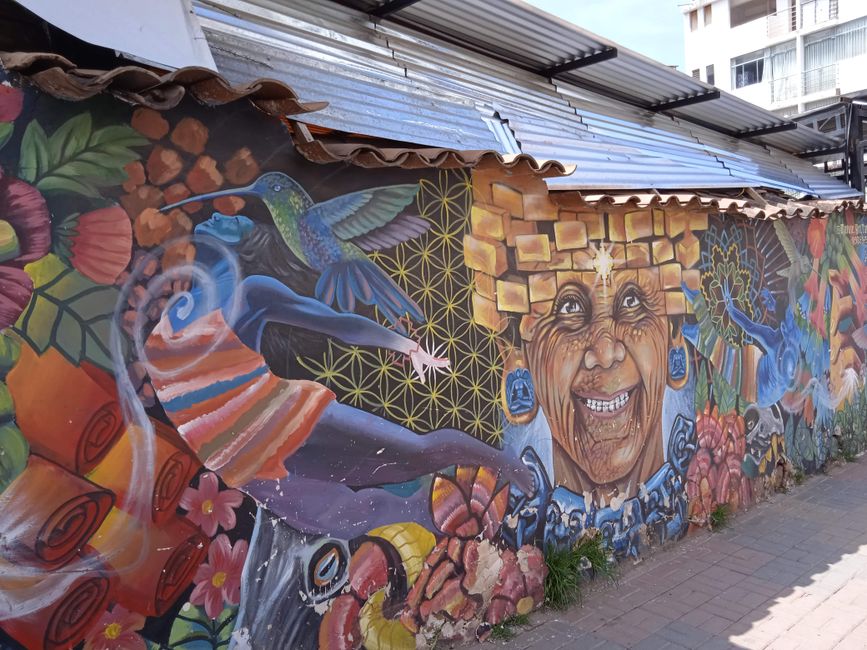
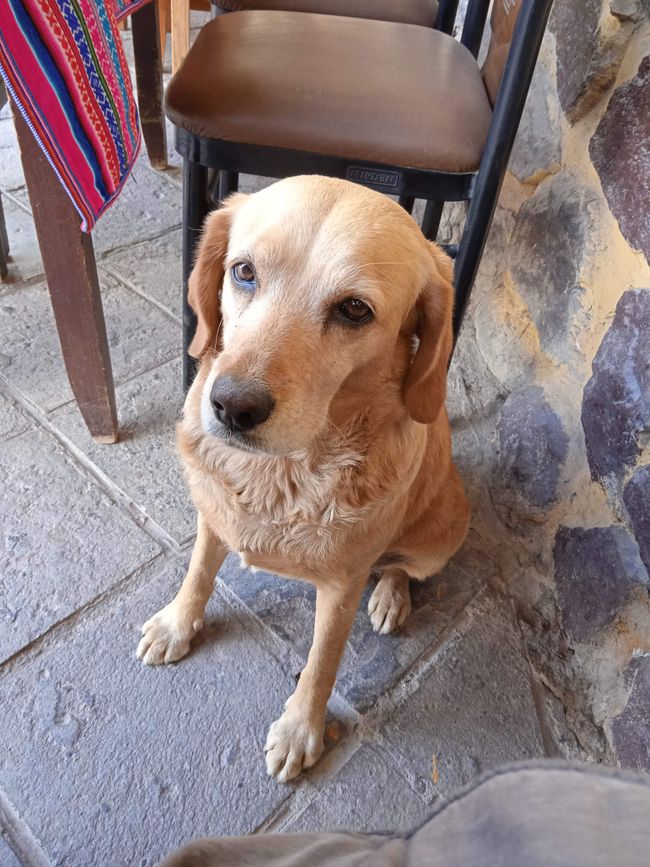
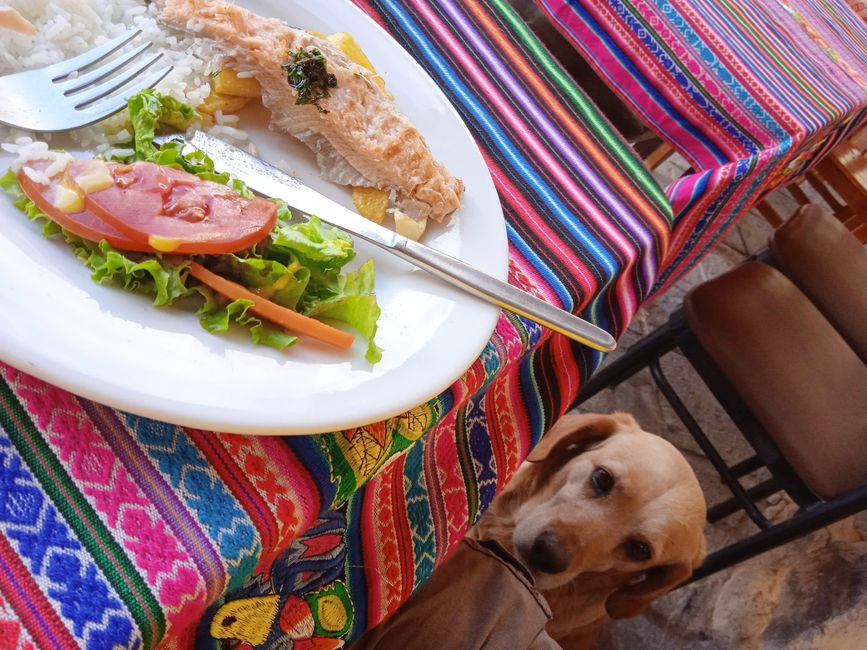
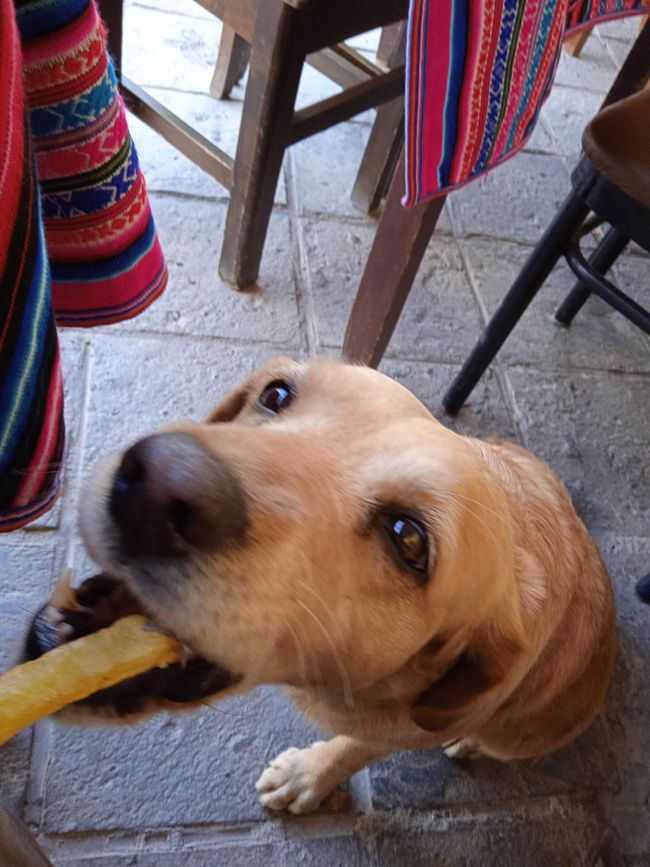
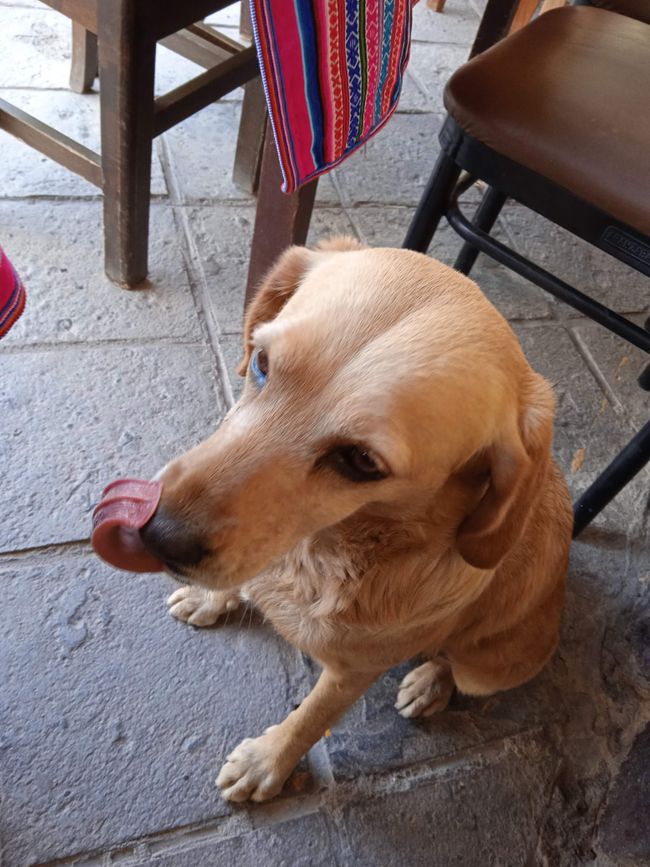


Langganan Newsletter
There are different ways to explore regions, for example, through literature, history, or personal contact with the people. Another possibility is geographical exploration, by familiarizing oneself with the natural landscape.
Cusco, Machu Picchu, and the so-called Sacred Valley in Peru particularly attracted my attention and made me want to take a closer look at the map. Cusco, the capital of the Inca Empire, was located at an altitude of 3,400 meters (Zugspitze, 2,960 meters), surrounded by the Andes Mountains, which reached up to 6,000 meters. Unbelievable altitudes for someone from the lowlands of Europe.
To the north of Cusco, the Sacred Valley stretched over 60 km from east to west, at an altitude of about 2,800 meters. The fertile valley floor was formed by the alluvial plains of the Urubamba River. By following the Urubamba further through impassable ravines, one would reach Machu Picchu.
As the heartland of the Inca Empire and the supply center of the capital city of Cusco, the Sacred Valley was surrounded by various fortresses and religious buildings, all of which were mercilessly destroyed by the Spaniards. Machu Picchu, located just 40 km downstream from the valley, remained undiscovered and therefore preserved.
These were the preliminary remarks ...
In the past two days, I set out on excursions to Pisac and Ollantaytambo, located at the western and eastern ends of the Sacred Valley, respectively. I decided not to purchase the combined ticket that would grant entry to the archaeological sites. Instead, I hiked to these places. In Pisac, I climbed up from the valley (2,900 m) to the mountains (3,600 m). Comparisons with the Allgäu or Tyrol came to mind as I wandered through the mountain villages. There were cows, chickens, pigs, sheep, horses, and ducks as European imports on one hand. On the other hand, there were few llamas, potato fields, women in colorful traditional costumes, and the indigenous faces of the people living outside the cities as the legacy of the Incas.
When it came to the destruction of the Incas and other American cultures, the Europeans were very successful - on a physical level through warfare and especially through introduced diseases, which caused an estimated 80% (!!!) of the American population to perish. On a cultural level, the Catholic Church did a great job by excluding and largely eradicating the language, religion, and culture of the indigenous people.
Only in the past century did a renaissance take place, as descendants of the indigenous population freed themselves from the stigma of primitiveness. References to the Inca period were difficult after more than 400 years, as there is no preserved Inca script (unlike the Mayas and Aztecs). The rediscovery of Machu Picchu made an invaluable contribution to indigenous self-confidence. And so, Cusco proudly presents itself today as the successor of a, certainly idealized, golden Inca era.
I will refrain from spreading more Wikipedia knowledge and unverified travel guide anecdotes. Instead, I recommend three fascinating biographies from 500 years of Peru.
...
https://en.wikipedia.org/wiki/Pachacuti_Yupanqui
https://en.wikipedia.org/wiki/T%C3%BApac_Amaru
https://en.wikipedia.org/wiki/Abimael_Guzm%C3%A1n
...
The articles contain many links that invite further exploration.
Langganan Newsletter
Wangsulan (2)
José
Du bist vor dem Hund schwach geworden! Hunde füttert mensch nicht vom Tisch aus! LOLAlex
Es war ein Kompromiss. Wenn er nicht weiter bettelt, bekommt er meine restlichen Pommes, NACHDEM ich fertig bin. Also hat er sich ruhig neben mich gelegt und ich habe danach mein Versprechen eingelöst. 🐶🍟😎
Laporan perjalanan Peru
